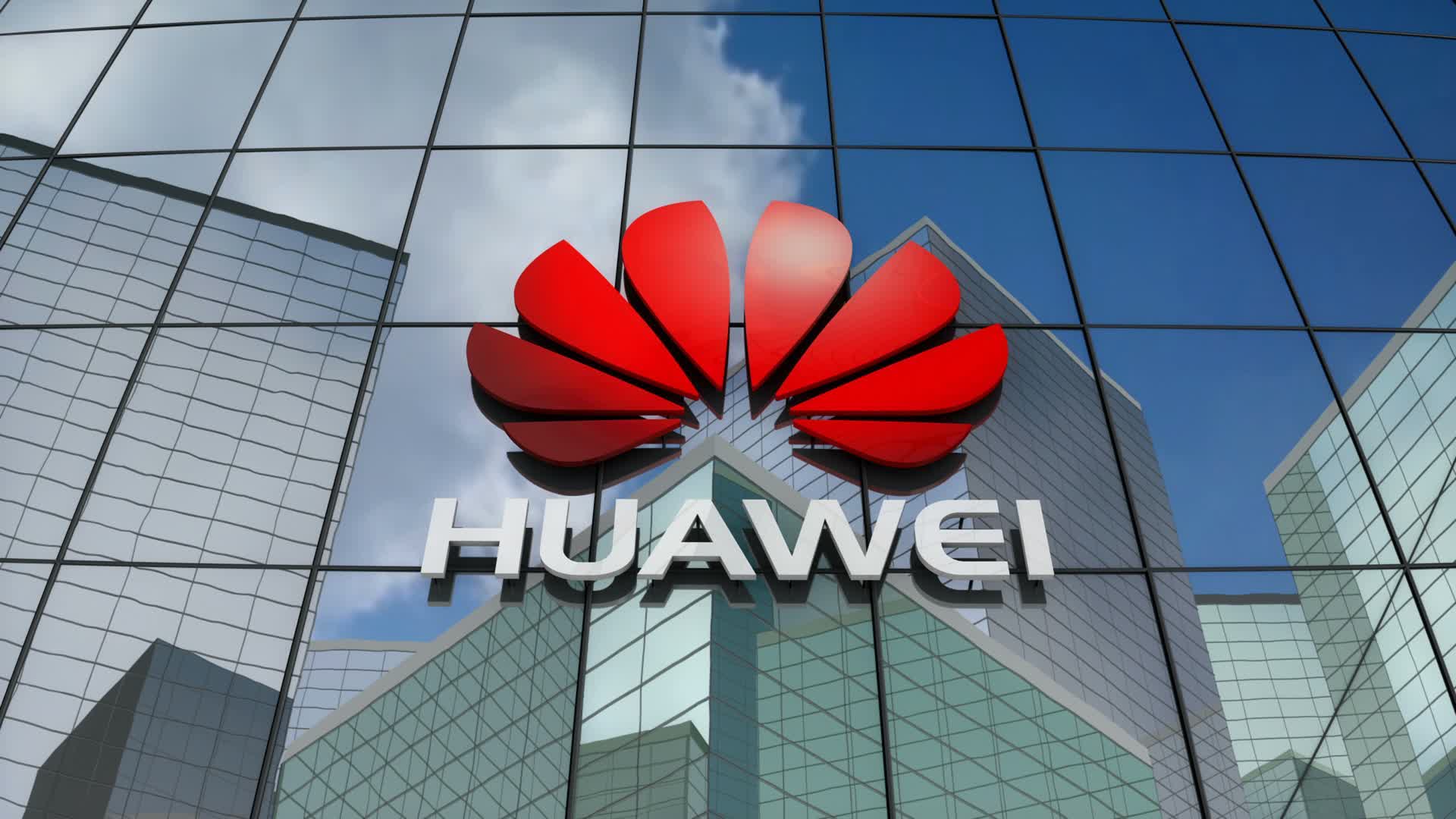Why it matters: The US sanctions imposed on Huawei could turn out to be less effective than previously thought, as the Chinese company is scrambling to build its own chip manufacturing arm. The project could provide a stop gap solution for some of its current supply issues, but analysts are skeptical about its potential in solving the problem of high-end chip manufacturing for Huawei's premium smartphones.
Back in September, Huawei chairman Guo Ping told employees the company had a plan to free the world from the tight grip Google has on the Android operating system. He also lamented the consequences of the Trump administration's growing set of restrictions that have left Huawei without access to several key suppliers of hardware and software components needed for its products.
Guo reassured employees the company would soon be able to cater to the 600 million users that bought into its ecosystem without need to purchase or license American-made technology. The first step was the introduction of Huawei Mobile Services as a replacement for Google Mobile Services on new devices. HarmonyOS could be the second step, but it's not even close to being a worthy replacement for Android on mobile devices.
At the time, he also promised that Huawei would invest heavily into its HiSilicon subsidiary and forge stronger partnerships with chip makers in China as a countermeasure to the US restrictions. The way Guo sees it, the US is intent on sabotaging China's position at the forefront of the 5G race, so he encourages Huawei employees to do their part in China's plan for technological self-sufficiency.

According to a Financial Times report, Huawei is exploring ways to quickly build a chip manufacturing plant in Shanghai to replace the need for external suppliers. Previously, the company sought to tap SMIC, a Shanghai-based foundry that seemed like a good partner until it was revealed that it was using American-made technology.
Under the new plan, Huawei would build the manufacturing plant and have it run by one of its partners, Shanghai IC R&D Center, which has strong government backing. In the first phase, the factory would experiment with 45nm chips. By the end of 2021, Huawei would start making 28nm chips for use in IoT devices and smart TVs. And by 2022, it could even make chips for 5G modems and base stations based on a 20 nm process.
Notably absent from the plan are smartphone chips, which require the latest 7nm and 5nm process nodes if Huawei intends to remain competitive with its rivals. However, the company does have a large home market that will be easier to serve, and could theoretically stretch its current stockpile of high-end mobile chips into 2022, provided it streamlined its portfolio of mobile handsets.
Last month, reports surfaced online that Huawei may be looking to sell its Honor smartphone unit to another Chinese company. That would solve some of the supply issues and allow Huawei ample time to develop its manufacturing arm, but it doesn't change the fact that it's losing market share in Europe and Asia. Perhaps ironically, it is other Chinese brands such as Oppo, OnePlus, Vivo, and Realme who are eroding Huawei's bottom line, and the clock is now ticking for Huawei to find a way to ensure its long-term survival.
